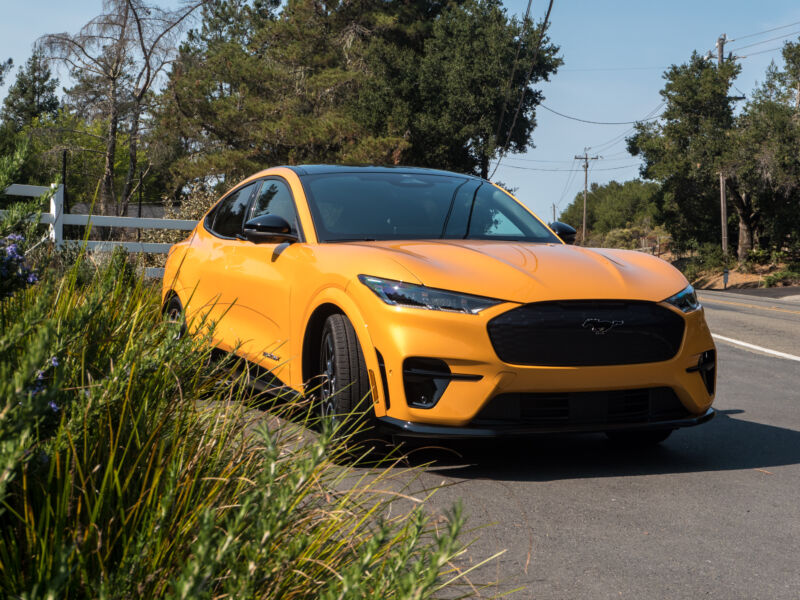
SAUSALITO, Calif.—In the grand scheme of things, the names that automakers give their cars aren't really important. And yet, almost two years after it was first revealed, some people are still upset that Ford decided to call its new electric crossover the Mustang Mach-E. It probably didn't help that Ford focused its attention on the longer-range Mach-E at first rather than a car that would live up to the image of the Mustang as the people's sports car.
I'm not entirely unsympathetic to that argument. When we tested a Mach-E in February, I found it a competent electric vehicle, but it wasn't much fun. Using the Mustang name to take advantage of brand recognition is all well and good, but only if it doesn't dilute that name past any point of meaning. A Mustang is a wild horse, after all.
Well, Ford has rectified that with the arrival of the $59,900 Mustang Mach-E GT. The concept is similar to the first Mustang GT back in 1965. More power, better tires, and seats that hold you in place, plus some styling tweaks—just don't crash it leaving Cars and Coffee.
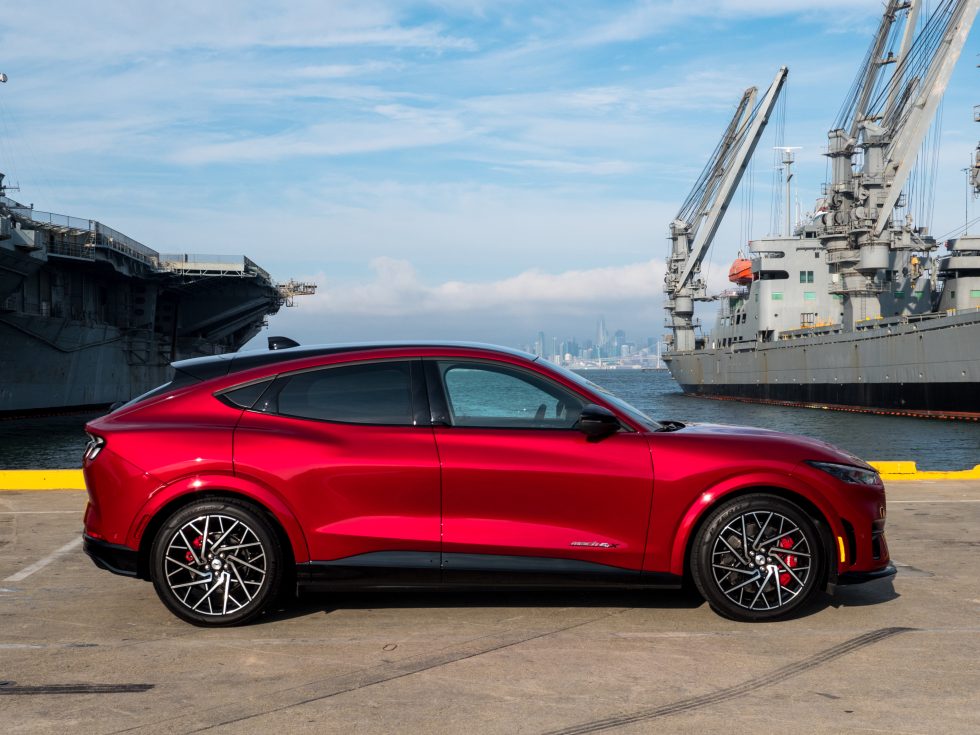
To start with, the GT rides 0.4 inches (10 mm) lower than a standard Mach-E, and it wears new Continental all-season tires on its 20-inch aero-covered wheels. The red brake calipers are new, as is a black honeycomb insert upfront that houses an illuminated Mach-E logo. Ford's stylists have also revised the front air curtains, and at the back there's a GT logo in place of the Mach-E horse. As usual, people will have their own opinions on the styling; I think the new nose treatment is quite effective here.
On the inside are new front seats with much more side bolstering, and the new patterned aluminum trim, together with the charcoal fabrics, gives the Mach-E GT's cabin a more upmarket feel befitting its price tag.
The Mach-E GT uses the same battery cells as other Mach-Es and has the same useable capacity of 88 kWh. However, the pack has uprated power electronics to be able to deliver a higher peak power output of 480 hp (358 kW)—134 hp (100 kW) more than the previously most-powerful Mach-E. Torque has gone up even more, from 428 lb-ft (580 Nm) to 600 lb-ft (813 Nm).
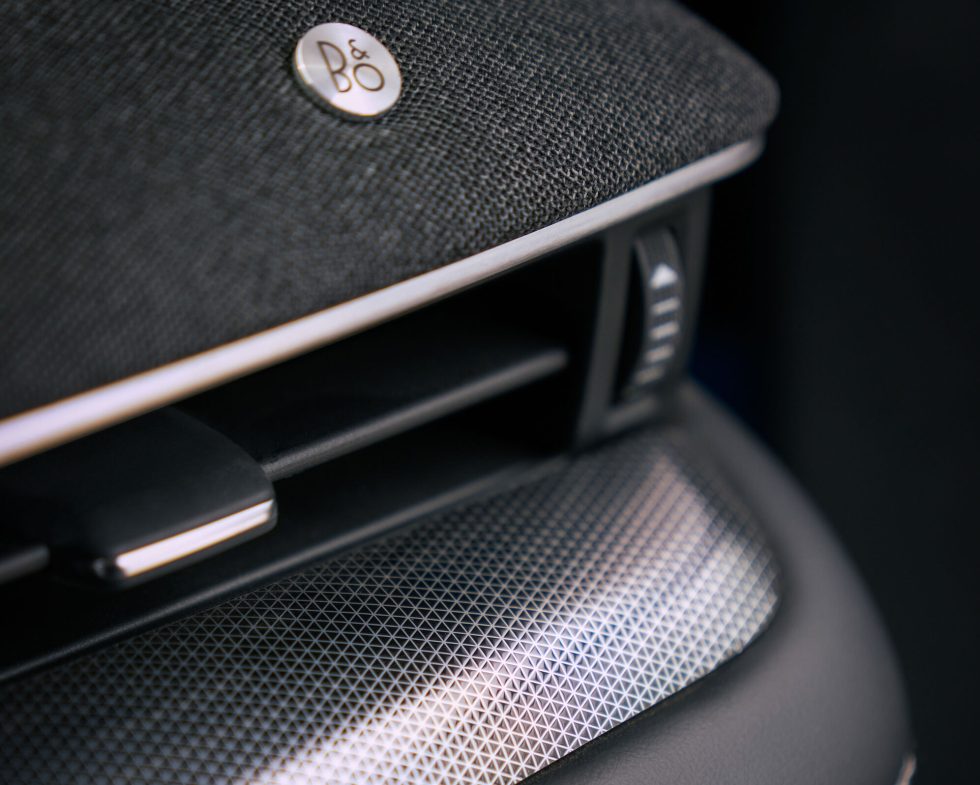
That's good for a 0-60 mph (0-98 km/h) time of just 3.8 seconds and an EPA range of 270 miles (434 km). These figures match the First Edition we tested as well as the all-wheel-drive extended-range Premium Mach-E. (If you want to maximize your road trips in a Mach-E, you'll want the California Route 1 version, which is rated at 305 miles/490 km.)
However, this is not the sporty Mach-E GT you'll want. Instead, the Mach-E GT Performance Edition is where the real action is, although this option adds a not-inconsiderable $5,000 to the asking price (although the Mach-E still qualifies for the $7,500 IRS 30D tax credit).
You do get your money's worth, though. There are larger front brakes, wider alloy wheels, and even better front seats. The front motor is uprated compared to the regular Mach-E GT such that peak torque output is an even higher 634 lb-ft (860 Nm). This helps drops a few tenths from the 0-60 time, down to 3.5 seconds.
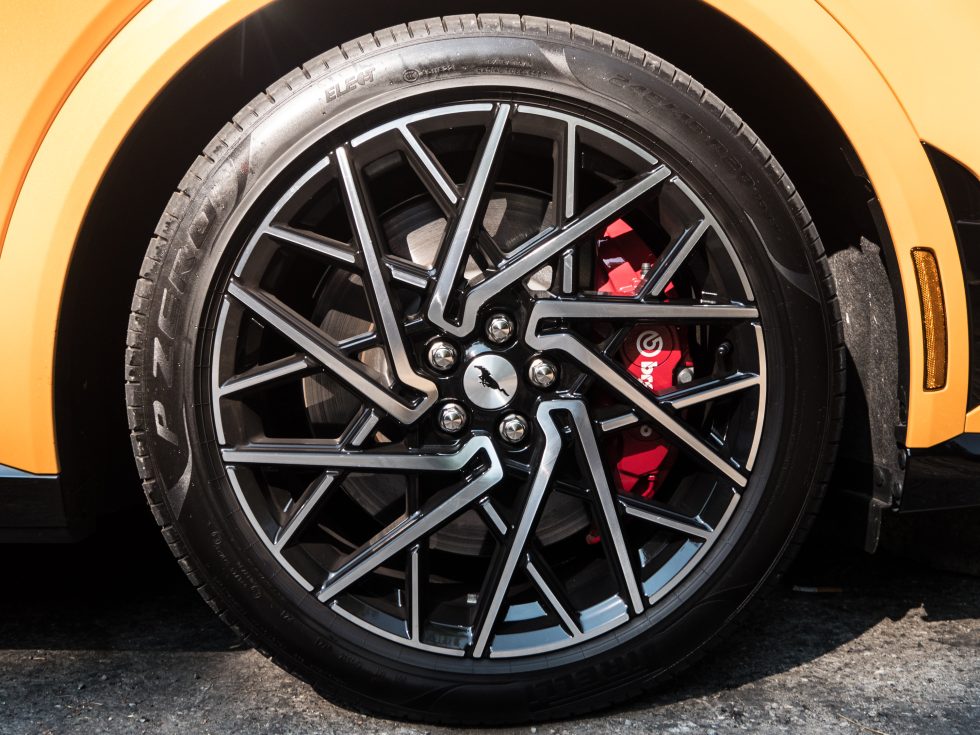
The two most significant additions are the magnetorheological dampers and a set of Pirelli P-Zero summer tires that clad the wider wheels. I think the tires are what contribute the most to the experience—finally, a Mach-E that actually feels alert and on its toes as you drive it.
Ford has altered the traction and stability-control algorithms for the Mach-E GT Performance Edition when it's in Unbridled mode (sport mode, in other words). Unbridled delivers the most power from the pair of electric motors, and the steering weight also increases compared to Whisper or Engage (read eco and comfort modes). I don't know that adding more steering weight without adding any more feel does very much, and I would prefer an individual setting where you could mix and match. Ford says that could appear via an OTA software update in time, but for now it wants drivers to enjoy the three modes it created as they are.
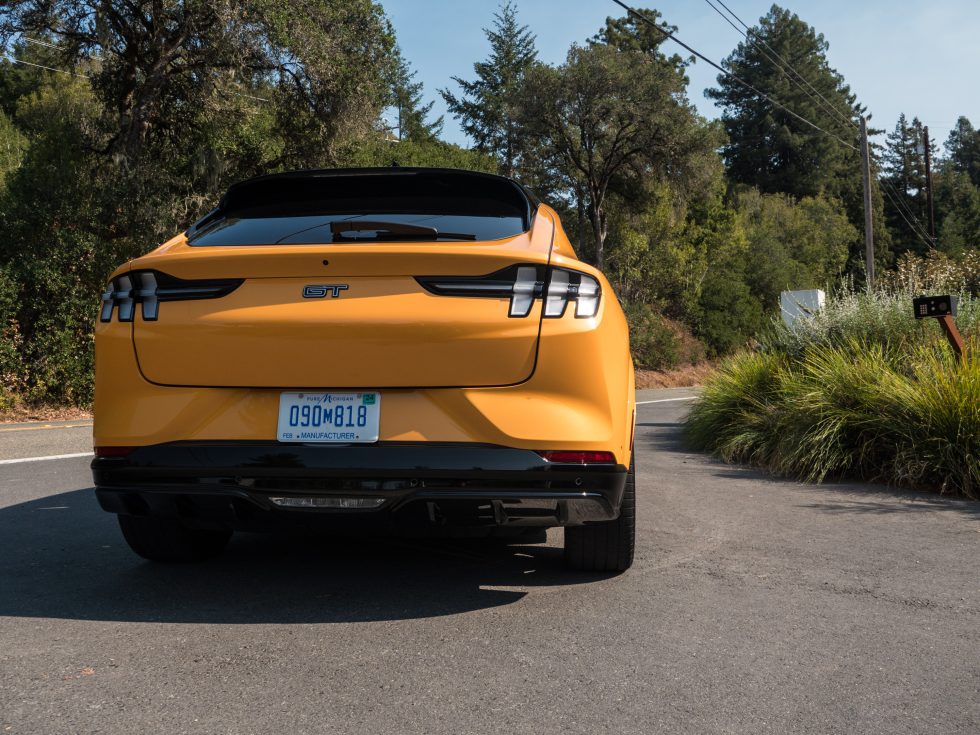
Ford's engineers were at pains to point out that the GT is optimized as a road car and not for the Nürburgring, and on a twisty road, it delivers some of the fun of previous fast Fords like the Focus RS. I did notice some torque-steer, and the car straightens its line exiting a corner as the front motor sends power to the tire with more grip. I also noticed a bit of front wheel spin with a full-bore standing start—not initially, but at around 30 mph (49 km/h).
For the boring bits of driving, $1,900 will get the Mach-E GT a better suite of advanced driver-assistance systems. The suite is called Co-Pilot 360 Active 2.0 and includes BlueCruise. This is Ford's hands-free highway assist, which works on premapped divided-lane highways. It's a definite step up from the Mach-E's normal adaptive cruise control and lane keeping, and it does a better job of staying centered in the lane. The change in the main instrument display UI to indicate that you're in this mode is unambiguous, and the driver-monitoring system had no issues seeing where I was looking despite polarized sunglasses.
The morning after driving the GTs on the road, Ford laid on an autocross course. No stopwatches were present, unlike the last time an OEM let us rag some of its new EVs between cones. But we did have a chance to feel what the car is like when it has some slip angle happening.
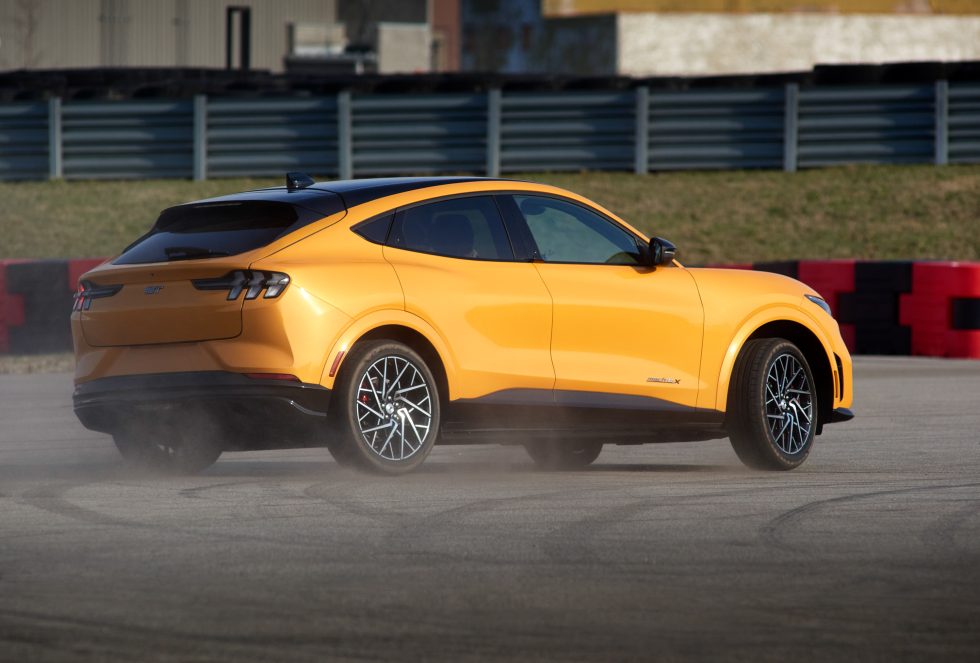
For this kind of stuff, the Mach-E GT Performance Edition is best set to Unbridled Extend. This actually limits peak power a little compared to Unbridled mode but keeps the battery conditioned to be able to deliver sustained power over the course of a few laps. (For single-lap performance, regular Unbridled mode is still fastest, we're told.)
This mode also relaxes the stability and traction control, reducing their interventions, remaps the throttle and brake pedals to a more linear response, and adjusts the front-to-rear power bias in favor of the back wheels. On the relatively dusty surface, the Mach-E could be persuaded to break traction, and with the addition of power and plenty of steering angle, it will drift a little.
Which is to say that this Mach-E GT Performance Edition will behave the way people think a Mustang should behave (ignoring for a minute all the V6 and EcoBoost 'stangs out there). It's quick and more engaging than the lesser models in the Mach-E lineup. But it does have pretty stiff competition, including the Tesla Model 3 and Polestar 2. For some buyers, the name recognition that comes with "Ford Mustang" might just swing that decision.
https://ift.tt/3DxNkYb
Tecnology
Bagikan Berita Ini















0 Response to "The electric Ford Mustang Mach-E GT finally lives up to its famous name - Ars Technica"
Post a Comment